Rapid Escalation of Venetoclax Safe for Some Relapsed/Refractory CLL Patients
By Adam Hochron
April 14, 2020
As a treatment for relapsed/refractory CLL, venetoclax has proven to be effective as patients look for a new option. One challenge doctors face is disease progression moving faster than the escalation process to reach the ideal dosage for the drug.
A recent study looked at the impact of a more rapid dose escalation when treating patients who had previously seen success with B-cell receptor signaling inhibition (BCRi). Patients who undergo this treatment method can develop resistance, requiring a new option to be implemented. Results of this study were presented by Kristin Koenig, MD, and colleagues at the recent annual meeting of the American Society of Hematology. .jpg)
Currently, the dosing for venetoclax starts at 20 mg, escalating weekly over five weeks to reach the goal dose while avoiding acute tumor lysis syndrome. The authors noted that patients treated with BCRi could not only relapse more quickly after the treatment but can also have disease progression while the therapy is ongoing or after discontinuation.
“Given the need to promptly attain goal venetoclax dose in this population, we developed a rapid dose escalation scheme for venetoclax and reviewed our experience to understand the feasibility, safety, and efficacy of this approach in a properly equipped university setting,” the authors said.
A total of 34 patients with a median age of 54 were treated with a rapid dose escalation during the study. The patients involved had undergone a median of 5 previous CLL treatment, including “single-agent BCRi in 18 cases, which overlapped with venetoclax in the majority,” the authors said. Of the 34 patients, six had high tumor burden, with most having either medium or low burden.
Several patients reported cytogenic abnormalities when treatment with venetoclax was started. This included: 17 patients with 17p deletion, five patients with 13q deletion, 6 with 11q deletion, and 3 with trisomy 12. In addition, half the patients had a complex karyotype, and just over three quarters had unmutated IGVH status.
Unlike traditional treatment courses, patients in this group reached the goal dose in an average of 9.6 days. Tumor lysis syndrome was reported in 18 patients at doses from 20 to 400 mg. In looking at the overall results, the authors noted 73% achieved at least partial remission, while four had stable or progressive disease. The average time to best response was 50.7 days, according to the authors, and the median time to subsequent treatment was 279.5 days. A total of 23 patients had not progressed at one year, and 26 were surviving at a year, according to the authors.
In addition, three patients died within 30 days: One died from uncontrolled bleeding and neutropenia, one death was attributed to neutropenic sepsis with invasive fungal infection and gastric perforation, and one due to neutropenic shock and respiratory failure.
“Rapid dose escalation of venetoclax in this patient population is safe and feasible. Despite a high percentage of patients developing TLS (52.9%), all patients recovered without lasting complications, and all but one were able to achieve the goal dose of venetoclax,” Koenig and colleagues concluded. “It is reasonable to implement venetoclax rapid dose escalation in the proper hospital setting with ample ancillary support.”


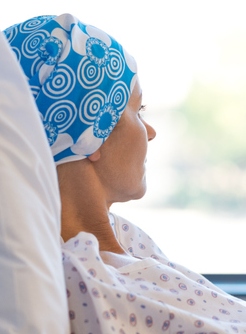
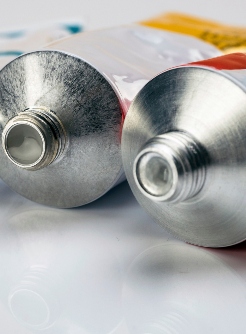
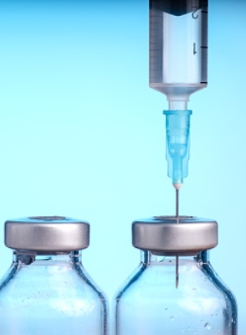



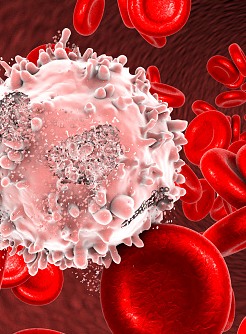
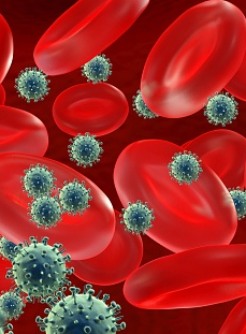



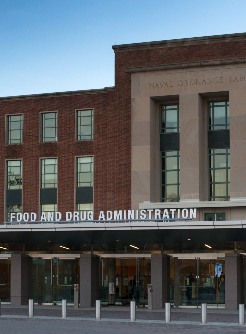

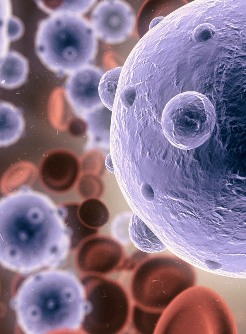
.jpg)
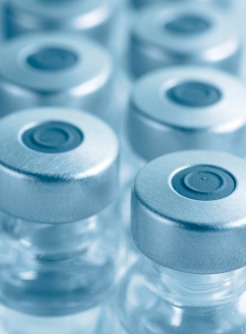



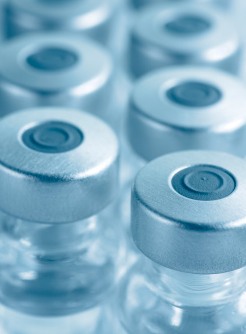
.jpg)



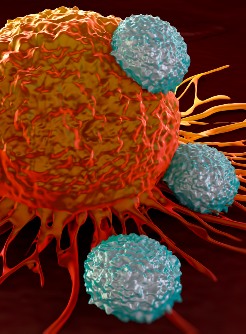


.jpg)
.jpg)
.jpg)
.jpg)
.jpg)
.jpg)
.jpg)

.jpg)
.jpg)